|
"Teaching yoga has always been a part time job for me. I started out substituting at a small town spa hotel studio and then I was on the schedule twice a week for many years. I then started renting my own space and eventually opened a small studio with a friend. But I never taught more than on average 3-4 classes per week, plus the occasional event or retreat. For me, the main reason is that I have so many other things I love to do. My primary other job is in marketing consulting. For a while I had a hard time combining the two. I felt as a yoga teacher I wasn't good enough because I didn't teach full time, and as a marketing professional I wasn't good enough because I was also a part time yoga teacher. Over time I started to use this diversity as a strength instead, and now I think they combine very well and contribute to making me better at both. Being a part time yoga teacher has allowed me to be part of a beautiful world that brings balance and joy to my life. I have taken trainings and workshops, classes and retreats as a continuous investment into myself. It has benefited me so much as a person, mentally and physically. It has forced me stay with my practice in a way I doubt that I would have if I hadn't been a yoga teacher. As a yoga teacher I have always been business minded, and this has motivated me to continue. If I didn't make sure I got paid properly for my yoga teaching, I most definitely wouldn't have been teaching still. My goal has always been to paid the same for teaching yoga as I charge as a marketing consultant. It doesn't always work out that way, but for me it has to be sustainable to be interesting. I think my other life – marketing, house renovations, kids – has influenced me in a positive way as a yoga teacher and has made me relatable. I've always been very real and honest with my students, and I think they appreciate that." Elin Jensen, co-founder of True North Vinyasa. 5 reasons to teach yoga part time1. You get to have one foot in the fantastic world of yoga
2. You are motivated to stay with your practice over a lifetime 3. You get to represent something that is 100% positive, which your day job may not always feel like 4. Students may be encouraged by the fact that you are "one of them" with a regular life 5. You can allow your teaching skills and practice to develop slowly without stress 6. The financial pressure is taken out of teaching yoga, which might make it more joyful When you are a new yoga teacher, you have plenty to think about between sequencing, cueing and managing yourself at the front of the room. But part of your evolution as a vinyasa flow teacher is to add a little personality and elegance to your classes. To add a theme to a yoga class is good for you and your students. As a teacher it forces you to ask yourself WHY you picked this or that asana, this or that sequence. For your students, a themed class will make them feel like you are truly present and that they are really learning something. They might understand the direction of your class better, discover more layers within yoga and feel more connected to you. 5 ideas for an asana theme in yogaFor most this is the simplest way to begin theming a vinyasa class. Ask yourself what type of physical focus you'd like to teach. Use your knowledge and imagination and spin off from that asana family theme. Stay with a certain type of expressions and focus words to emphasise the asana theme. Twists - wringing out, detoxing, creating space, spinal movement focus Backbends - front body opening, heart opening, emotional release, expansion, love Core/full body strength - power, stability, static, willpower, exhales Balancing poses - presence, concentration, drishti, equal breath Hip opening - pelvic area, low back, all movements of the hip joint, emotional release, deep breaths 5 ideas for a seasonal theme in yogaA great way to begin theming yoga classes is to take a look at the calendar and the seasons. Pick something that is relevant to where you are teaching the class – that means it will be relevant to everyone in class. Weather, lunar cycle, holidays are all useful starting points. Summer solstice – light, turning point, new beginnings, energy Spring equinox - equal parts, balance, dark/light Harvest moon - abundance, harvest, gratefulness A rainy day - water element, flow, movement, nutrition New Year - letting go, starting new, inviting change, creating habits 5 ideas for an explorative theme in yogaBy selecting a theme – as in, something to speak a little extra about throughout your class – you can give your students an experience they'll remember. Invite reflection by simply drawing attention to a small aspect of yoga. First class - ask students to think back to their first class, celebrate, appreciate Childlike - ask students to be explorative, curious, question habits, be playful Root to rise - focus on the rooting down in every pose, not the drama up top Back to basics - alignment, precision, technique Enjoy the journey - less asana focus and more transition 5 ideas for a philosophical theme in yogaWhen you begin to portion out the profound wisdom of yoga philosophy, it's good to do so in small bites. Make the theme universal to your students by sharing something personal or relating it directly to what happens on the mat.
Effort and ease - remind students to find the balance Vinyasa krama - one step at the time, conscious movements, infinite path Gaze inward - less visionary intake, sensations, observation, inner confidence Appreciate yourself - Om Namah Shivaya (bow to inner self), self love, inward Moving meditation - breath rhythm, connection, expansion, trust, repetition Name: Jesse Laila Banovic Nationality: British Age: 32 TNV training: April 2019 Where do you live? Stroud, Gloucestershire, UK With so many yoga teacher trainings to chose from, what made you chose TNV's 200 hour teacher training? Straight away the website appealed to me, it just resonated on so many levels so then I started to explore each page a little more to find out about True North Vinyasa and very quickly felt drawn to talk with Lisa and Elin about how I could get involved. I submitted my application and was accepted onto the training - it was the best decision I have made for my personal and professional journey with yoga. The course had such a great balance of theory and practical, knowledge and guidance, practice and marketing. Lisa and Elin pay attention to every detail and it doesn't go unnoticed, from the moment we arrived in our rooms to find a beautiful bracelet and training manual placed on our pillows - I knew I was in the right place with the right people. They offer such unique and inspiring classes - I just wish I was closer so I could take classes with them both on a weekly basis! What was the training like for you and what were some skills and qualities you left with? I'll never forget Elin saying 'it's about having a beginner's mind' - applying this to my teaching has been invaluable, always assuming a student doesn't know how to do something so your teaching and ques are super thorough and clear. Also the guidance with setting up a business and having a style - this really inspired me to go back home and start building my yoga and wellness business What's your journey been like since the ttc? I co-hosted a retreat in Portugal with my mother and was a guest teacher (it was quite daunting but a great experience to put my new skills to the test!). I then came back to the UK and was so inspired after the training that I got straight into setting up my business in May 2019, I set up regular classes at my local village hall and then developed some pop up events in the summer with a local PT. The following year we went into lockdown so a lot of my business was put on hold but it allowed me to find the headspace and creative capacity to launch my website which has been one of the best choices for my business. What's your best advice for new yoga teachers wanting to get started teaching? Continue your own practice and prioritise it in your week, remember you need to be the best version of yourself for your students and local community. You owe it to yourself to receive as well as offer. I hear so many teachers say 'oh I can't remember the last time I got to a class as a student'. Do you teach, if so where? What format? What are your offerings? I teach at Warrior and Wild studio in Nailsworth, Stroud (Gloucestershire, England), I currently hire the space and it just feels like a second home everytime I step inside the space. It is cosy and has lots of plants, a great homely feeling and lots of candles! My students love it too. I teach a range of things and specialise in pop-up events from 'curious and creative movement' to moon and meditation circles - something I am currently developing as a business idea to offer to men and women. I currently teach Dynamic Flow on Tuesday evenings, and run Sunday Special 90 minute classes that include my somatic training - a complete wind down for the nervous system! I also run day and residential retreats which include art and fitness combined with yoga. Anything else you'd like to share? I am just grateful to have discovered True North Vinyasa and look forward to one day joining one of their graduate offerings. Thank you Lise and Elin for all of your support during the training. Instagram: @jesselailayoga Website: www.retreatmewellness.com Want to join a 200 hour vinyasa teacher training like Jesse? Read here ›› More TNV Graduate stories ›› Every day life as a yoga teacher can feel lonely. You might even feel like other yoga teachers in your community are competition, fighting for the same students.
With that mindset – I'm lonely and I have competition – it might become a struggle to build a personal and strong yoga brand. Instead, rise up and change 180 degrees. You are not alone. You don't have to feel lonely. Yoga teachers around you are colleagues, working towards the same thing; more people doing yoga. We need each other for many reasons:
At True North Vinyasa, we always try to encourage continued growth and community after our 200hr yoga teacher training. Check out our 50hr immersion for yoga teachers ›› Simplicity goes a long way. But as vinyasa flow teachers and practitioners, we usually thrive on some element of surprise and challenge as well. Wether you want to spice up your personal yoga practice or add a new twist to classes you are teaching, this is for you.
A connective vinyasa – usually Chaturanga Dandasana to Urdva Mukha Svanasana to Adho Mukha Svanasana – is the little dance you do between the right and left side in a flow. The connective vinyasa is a golden opportunity to explore new moves and to add a little personality to your class. The six connective vinyasa's below all end up in Downward facing dog. Described below as we would teach them in a class, you can also download the pdf below and get a visual if you wish. This content is from Vinyasa Toolbox (developed by TNV:s Elin Jensen). Enjoy! 1. The backbend vinyasa Inhale to Plank, lower your knees and bend the elbows, exhale come all the way to lie on the belly. Inhale, lift the chest to Cobra, exhale and draw the hips back to the heels. Lift the hips, hold the heels and expand into Camel, then come to Downward facing dog. 2. The dolphin vinyasa From Downward facing dog, lower the elbows and keep the hands shoulder distance apart. Inhale, then exhale and shift chest forward, lift the elbows and end up in Chaturanga. Inhale to Upward facing dog, exhale to Downward facing dog. 3. The one leg core vinyasa From Plank, inhale, then exhale draw the right knee to chest, lift the hips. Inhale shoot the leg back for one legged plank, exhale one-legged Chaturanga. Inhale Upward facing dog, exhale Downward facing dog. Do the other leg in the next connective vinyasa. 4. The shoulder roll vinyasa From Plank, inhale. Exhale lower the knees, come all the way to the belly. Right arm straight out to the side at shoulder height. Roll to the right, left foot behind you. Do the other side. Then inhale to Cobra, exhale to Downward facing dog. 5. The core vinyasa From Downward facing dog, jump through the hands to Navasana, boat pose. Inhale to low Boat pose, exhale to regular Boat pose. Repeat 5 times. Then from Boat pose, jump through to Chaturanga on an exhale, inhale to Upward facing dog, exhale to Downward facing dog. 6. The cat-cow vinyasa From Downward facing dog, inhale lower the knees and lift the chest, exhale stay on the knees and round the spine. Inhale lift the chest, exhale lower chest and chin to the mat. Inhale push through to Cobra, exhale hips back to Childs pose. Inhale hands and knees, lift the chest, exhale Downward facing dog. Download the pdf ›› More from Vinyasa Toolbox ›› Was this useful? Want more sequencing tips? Join our True North Vinyasa 50hr yoga teacher training! A retreat format course developed as a boost for vinyasa teachers. Next up is September 24–29 2023 in Switzerland. Learn more ›› Are you considering becoming a yoga teacher? Let us help sort out some of the most common questions. We've been educating yoga teachers for 5 years, and we've done countless free info talks with potential students just like you, with lots of questions about the world of teaching yoga and which yoga teacher training to choose. Is it worth it to do a 200 hour training?In the yoga teaching world, a Yoga Alliance 200 hour certificate is the most basic certification. It's not a licence, meaning you can call yourself a yoga teacher and work as one without any training or with a training that gives you some other certificate. More often than not however, a yoga studio will ask for your certification before putting you on the schedule. Assuming that you have a passion for yoga, investing in a 200 hour training and certificate is certainly worth it. Make sure you sign up for a Yoga Alliance certified school and make sure you speak to the directors and former students before making the commitment. You will learn more about what you love and grow as a person. You will also have the possibility to embark on a new professional career with confidence, whether that is full time or on the side of your main job. What are the best yoga schools in the world?This depends on what you are looking for. Our advice when picking a yoga school for your 200 hour teacher training: - Don't trust the listings of Best yoga teacher trainings in the world. They are pretty much guaranteed paid advertising. Ask yourself "says who?" - If you have a personal recommendation, look into that school first. - Know what lineage of you are interested in. Pick the school based on what you see yourself teaching. - Talk to the director or directors. If that's not possible, pick a different school. - Read or watch testimonials. Ask to talk to a former student. If that's not possible, pick a different school. Can you make money as a yoga teacher?Of course you can! You have to be committed and work hard, as in any other profession, and create your own niche based on YOUR interests and skills. Just teaching 2 classes per week is fine if your main income comes from some other job. If you want to teach full time, you have to work hard on your brand, have an interest in small business management and be prepared to try lots of different things. A full time yoga teacher usually offers a combination of weekly classes, retreats, workshops, online classes and collaborations. Am I too old to become a yoga teacher?You might ask yourself this if you're over 30. Or over 40. Or 50. Or 60. Here's the thing: Yoga by nature is adaptable to any age or ability level. People can begin doing yoga at any age. When you teach yoga, you are likely to attract students who are around your own age. This means, no matter what age you are, sharing your passion with the world is an amazing concept. You will be an inspiration to others. An older yoga teacher can also bring more life experience, wisdom and insight to their teaching. Don't let your age stand in the way of a career in teaching yoga. Use it to your advantage instead! Is teaching vinyasa yoga a good side hustle?Absolutely! Teaching yoga combines very well with a so called regular job. Vinyasa flow typically attracts people around 20–60 who have jobs, which means most classes are going to be offered in the evenings and on weekends. If you have a day job, this works! Teaching 1–2 classes per week will allow you to be part of changing people's lives through yoga, and to be part of a community. You might even get other fringe benefits such as free classes at the studio. In addition it will give you a nice little extra income per month. Just make sure you charge the same as a full time teacher, even if you are not relying upon the income. This is important out of respect for the profession and for those who do rely upon teaching yoga as their primary income. How long should you practice yoga before becoming a yoga teacher?If you want to teach a subject, you need to know the subject. Then again, yoga is a unique subject. There are poses and transitions, the breath and basic alignment principles. Then there is philosophy, self growth and to some degree, spirituality. The subject is ever evolving and changing, and can be shaped by the teacher. That being said, having a consistent practice before joining a 200 hour yoga teacher training is advisable. Your body will be ready to dive deeper, and you will already arrive with the knowledge that a practice is highly individual. In our training we ask for 2 years of regular and consistent practice as a pre-requisite. We've had students with less, but with a burning desire to go deeper. We've had students with an advanced practice, but mostly with an intermediate sort of practice and a longing for more. We have learned that having a strong practice and decades of experience practicing doesn't mean that you will be a talented yoga teacher. So many other qualities are part of the equation. What is the difference between a 200hr and 300hr training?The 200 hour certificate is the Yoga Alliance accredited basic educational format for yoga teachers. It is most commonly offered in a studio over weekends for a year or as an intensive retreat format course of 3-4 weeks. The 300 hour course is the Yoga Alliance accredited second step format for yoga teachers. It might also be called an Advanced teacher training or a 500 hour teacher training (200+300 = 500 hours). When a yoga teacher writes RYT200 it means that he or she has done a Yoga Alliance 200hr course. When he or she writes RYT500 it means they also took the second step of a 300 hour training. If you see the letter E in front, as in E-RYT200, it means the teacher also has a certain amount of hours (1000) of experience teaching. For the E-RYT500 it's 2000 hours. What is True North Vinyasa all about?We are a dedicated Vinyasa Teacher Training, 200 hour certified with Yoga Alliance. We are woman owned and operated and have educated hundreds of amazing yoga teachers since 2018. We run our yoga teacher trainings out of Portugal in an immersive format during 3 weeks. At the time of writing we offer a YTT each April and November. We are small scale, fully transparent and we don't leave you hanging after your training.
Check our dates and details here ›› Name: Stride & Edge Yoga (Harry Gordon & Madeleine Sidi)
Nationality: British Age: 32 and 26 TNV training: April 2019 Where do you live? The Lake District in the North of England With so many yoga teacher trainings to chose from, what made you choose TNV's 200 hour teacher training? TNV's training stood out to us because of the importance they put on building a business and branding. There are a lot of yoga teacher trainings out there that will teach you the fundamentals to teaching yoga but then don't show you how to actually teach in the real world. TNV looked like a friendly and relaxed style of training that also felt retreat-like. Of course, we wanted to learn to be yoga teachers but we also wanted to enjoy ourselves and have fun. What was the training like for you and what were some skills and qualities you left with? The training was more than we had hoped for. Lisa and Elin were so friendly and welcoming. They are still to this day the best yoga teachers we have ever had. Our own practice improved hugely, we left stronger and more skilled. The most important element they taught us was the way to set up a business, we left feeling confident to advertise ourselves and run a fully functioning business. We managed to create a brand that was unique to our area and us as people and that has only developed over time. What's your journey been like since the ttc? Since the training we have been teaching non-stop for 4 years. We went straight into teaching weekly classes in a rented studio. We now teach 2 weekly classes in The Lake District in beautiful lake-fronted studios. We have built an online platform on YouTube where we have 100s of free online classes. We host yoga retreats in the UK and in Spain and have two coming up this year. We also teach privately for groups and companies. In 2020 we taught 5 online classes a week to LLoyds Banking Group. What's your best advice for new yoga teachers wanting to get started teaching? Don't wait. Just start. Try and make it fun and get friends and family to join at first, then word will spread and you'll start to build up your core clients. Do you teach, if so where? What format? What are your offerings? We teach 2 weekly in-person classes in The Lake District, our Saturday Morning yoga by the lake is a favourite! We also teach lots of online classes for our YouTube channel, ranging from 10–60 minutes all on demand. Anything else you'd like to share? Just a massive thank you to TNV, without them we would not be where we are today. Instagram: @strideandedge Website: www.strideandedge.co.uk Name: Vera Powles
Nationality: Portuguese & British Age: 35 Were do you live? Newcastle-Upon-Tyne (North East of England) With so many yoga teacher trainings to chose from, what made you chose TNV's 200 hour teacher training? I knew I wanted to teach yoga as a part of my professional career so the focus that TNV puts on educating their students on sustainable yoga careers and entrepreneurship alongside key skills required to be of service to my own students was a deciding factor. Lisa and Elin's careers and fields of expertise, as well as their guest teachers, inspired me and gave me the confidence that I'd be in the best hands during my training. I wanted to feel that I was using every second of my 200hr YTT to build my skills and knowledge and with TNV I've got that and so much more! What was the training like for you and what were some skills and qualities you left with? I loved every second of the training; The location and venue are outstanding - I felt comfortable, well looked after and nourished all the way through. All the teachers are incredible knowledgeable, approachable and friendly. I didn't feel that we have spent time doing anything that wasn't valuable or productive. Every day was a challenge and I felt out of my comfort zone many times but found my growth through that. Elin and Lisa's message to "not play small" still echoes in my mind and heart whenever I'm struck by impostor syndrome. TNV has this special way of attracting like-minded people so I fostered friendships for life and gained a network of recent graduates which has been so supportive! I worked hard during the YTT but also don't remember ever having laughed so much. Overall it was the experience of a lifetime and something I'll never forget. Professionally I gained all the skills I needed to start teaching to a very good level. Personally, I overcame many limiting beliefs and learn so much about myself. What's your journey been like since the ttc? I started teaching the month after I completed my training and for the last 9 months have been building my own yoga community. I've launched a new website including an online wellness membership and recently hosted my first day-retreat. What's your best advice for new yoga teachers wanting to get started teaching? Before anything else, take time to sit down and identify your values, your teaching style and class description. These will be your compass for everything that you do and you'll feel more aligned as a teacher. Talk to everyone you know and meet about your passion for yoga and your vision and you'll see unexpected partnerships and opportunities manifest into your life. Do you teach, if so where? What format? What are your offerings? I'm an independent teacher so I host weekly vinyasa classes in a beautiful lifestyle shop called Mascara Studio, which is local to me. I also host monthly Yoga Socials in a really cool brewery, Full Circle Brew Co. where yogis have the change to meet and chat over a coffee or craft beer after the class. Recently I've hosted a day retreat which included yoga, meditation, pranayama, journalling and other mindful activities, a soundbath and lots of yummy healthy food. My biggest project at the moment is my online membership which I create weekly content for. Instagram: manaliving.co.uk Website: https://manaliving.co.uk If you are keeping on eye on us you may have noticed that we went from promoting the idea of a 300 hr Advanced Yoga Teacher Training (step 2, if you will), to instead offering a 50 hr advanced yoga teacher training. Do we not believe in further education? Yes we do. But yes, we did have a change of hearts. Here is why.
Quality Problem. On the foundational level, the Yoga Alliance 200 hour format has to follow certain guidelines and a certain curriculum. But there is also a lot of freedom to shape your training. The 200 hour course can be an online course, a weekend modular course or an intensive format. It can be of any lineage or style of yoga – a known one or a made up one. It can be hosted by a yoga teacher training novice who'll never do it again, it can be hosted by a big corporation or an experienced celebrity teacher and everything in-between. The methodology can be an authoritarian one of absolutes, or one that encourages critical thinking. It can be in a group of 80 or a group of 5. These are so many variables. Add to it the fact that an advanced 300 hour training for business reason will probably have to welcome teachers with any level of actual teaching experience, and you have a few more things to consider. All this combined means that most Advanced Teacher Trainings out there spend a lot of time simply aligning everyone with THIS training's methodology. Ensuring that everyone has the foundational knowledge deemed important by THIS teacher. Content-wise, an Advanced Yoga Teacher Training is often very similar to a Foundational Yoga Teacher Training. In fact, it's not uncommon that 200 hour YTT students are in the same group as 300 hour YTT students. This may work for some, but it doesn't align well with True North Vinyasa's mission. It becomes a quality issue. We want to raise the bar and professionalism for yoga teachers. We just couldn't make it work in this format. Accessibility Problem. We believe in the immersion format. Not modules, not in front of a screen. We love the idea of checking out from the world and fully dive into practice and professional growth. It's life changing. We've seen it work for many years in our 200 hr trainings, and we want to work in this way. For a 300 hour training, this gives you the option to do 10 hours per day for 30 days straight, or two modules of about 2 weeks (which we were planning on). Either way, it's a huge commitment in time and money. Too big for most people, meaning not accessible. We couldn't see it happening. We started to question the idea. Solution. We went back to the drawing board and asked ourselves: Yoga Alliance format aside, what is it we want? What are yoga teachers longing for? We went back the survey we did with our graduates. Some wanted that Advanced Certificate. Some wanted to be able to write 500 hr teacher on their website. But most just wanted to learn, to practice and to evolve. Most had figured out that to be a skilled yoga teacher doesn't stand in direct relation to the amount of training hours. Once we were able to free ourselves from the format, it was fairly easy to come up with an amazing course. Immersion format in a beautiful place. Under one week. Focusing on the areas that we consider our strengths. Not worrying about what "should" be on the curriculum. Putting together something that we know we can guarantee at a super high quality. So here we have it, a 5 day Advanced Yoga Teacher Training focused on sequencing vinyasa, theming classes, defining your brand and creating business in the world of yoga, and 50 hours of YACEP credits. In the Swiss Alps, September 24–29 2023. We (and many others) are hoping that Yoga Alliance in the near future will allow you to create your own 300 hour certificate by combining shorter trainings from different accredited specialists. That would make sense. This way you could take 6 wonderful one-week trainings from experts in their field and become exactly the authentic teacher you deserve to be. 200 HR TRAINING ›› 50 HR TRAINING ›› Marketing is uncomfortable for many yoga teachers. It can feel egocentric to talk about yourself and your strengths. It can feel show-off-y to pose in front of a camera. But of course, if you want someone to attend your class, you may have to promote yourself to some degree. Generic stock photography might feel like a good idea at first. But it's not personal and it's a missed opportunity to be authentic. So let's talk about posing for yoga pictures. Here are our top tips and tricks. The list is based on years of working with our in-house talent, photographer Isla Grossi, and it's a compilation of our combined experience.
Prepare well:
Yoga photography things that may not work for everyone:
Yoga photography things that usually work well:
All this is general but maybe helpful if you are about to get (possibly) out of your comfort zone and into yoga photography posing. Have fun and good luck! Ps. In our foundational 200 hr vinyasa teacher training, a photo shoot with Isla is always offered! More tips and tricks from our blog ›› Take a True North Vinyasa teacher training ›› |
AuthorArticles about the world of teaching and living Vinyasa Flow Yoga by Elin Jensen and Lisa Andersson Rhodiner Categories
All
Archives
November 2023
Categories
All
|
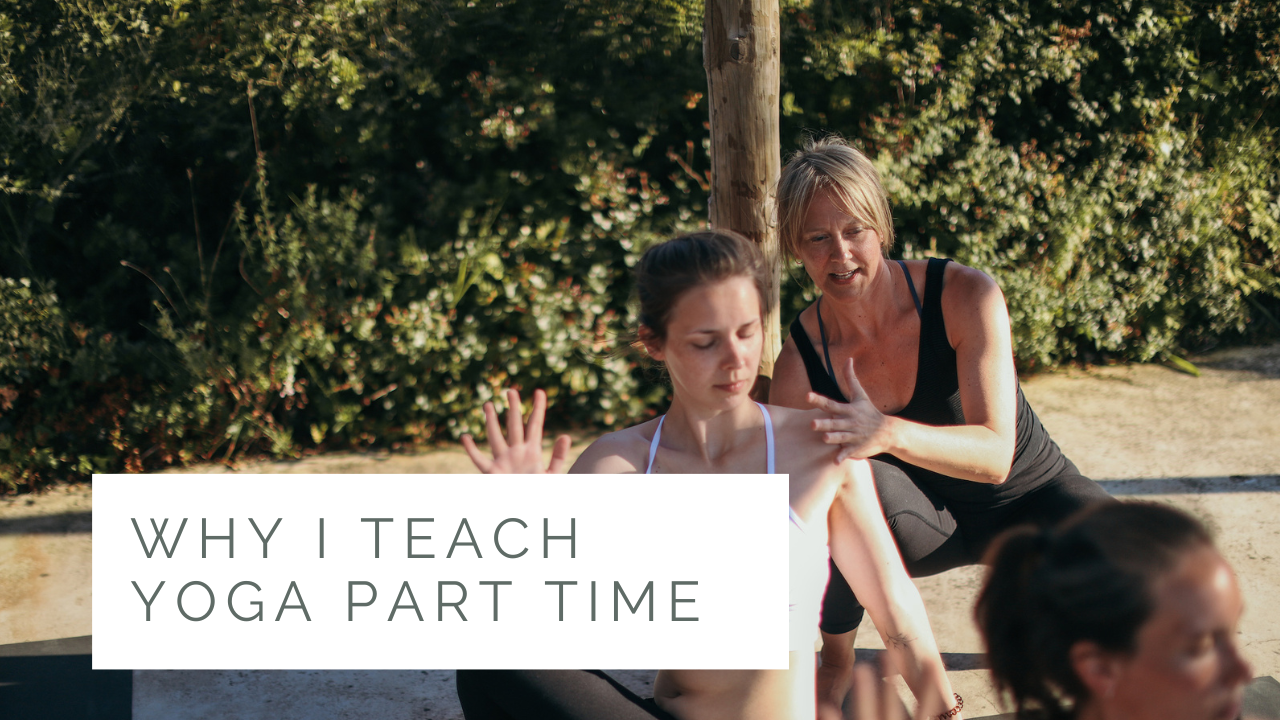
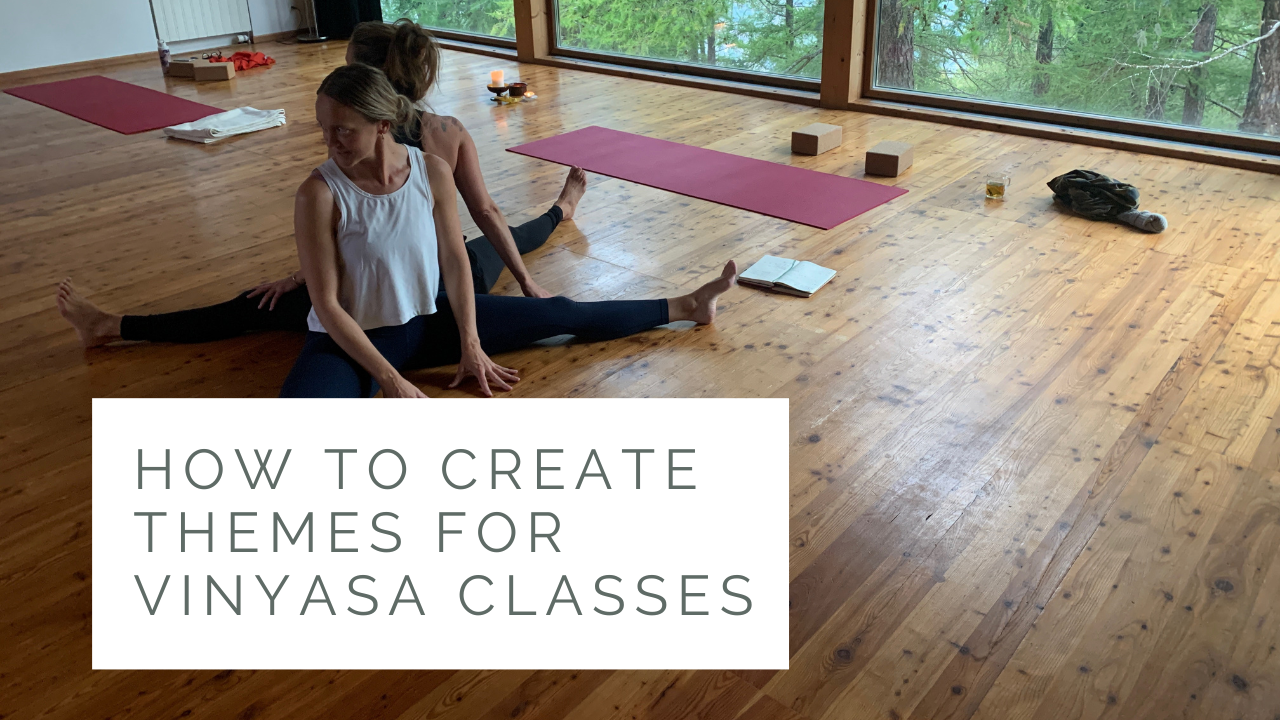
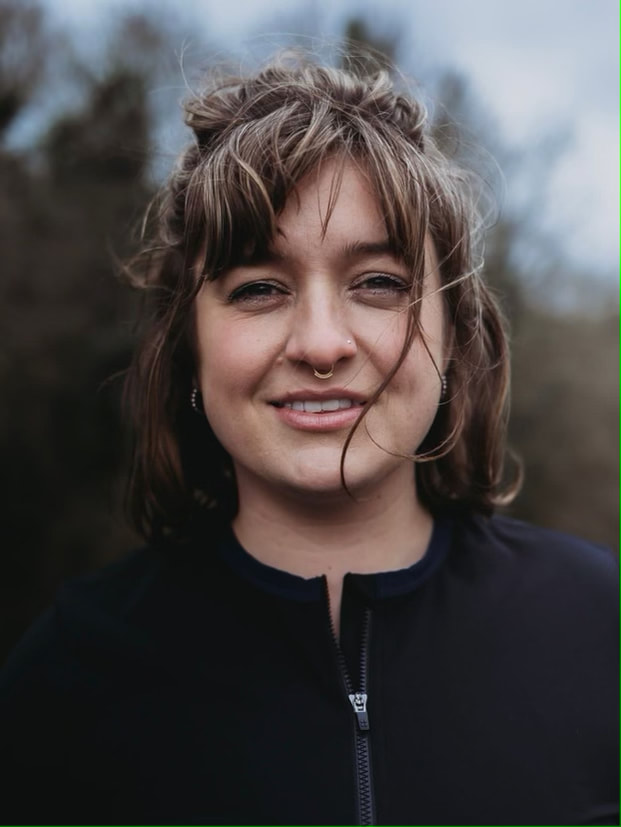
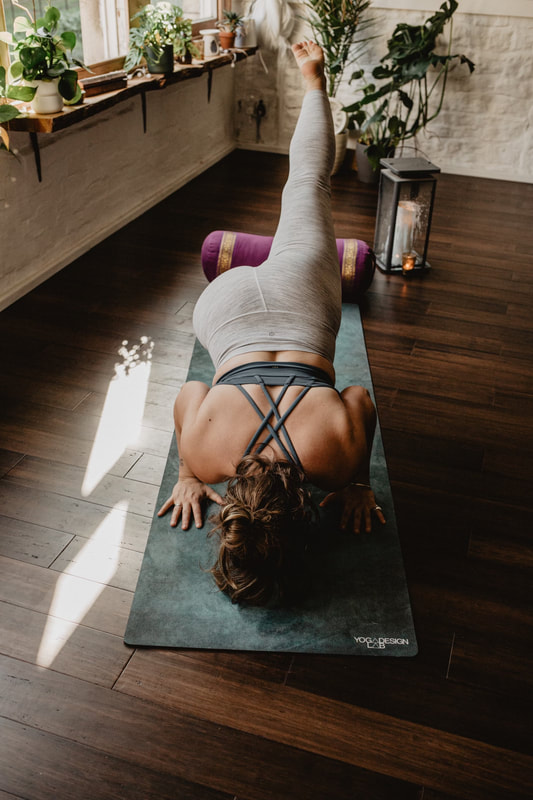
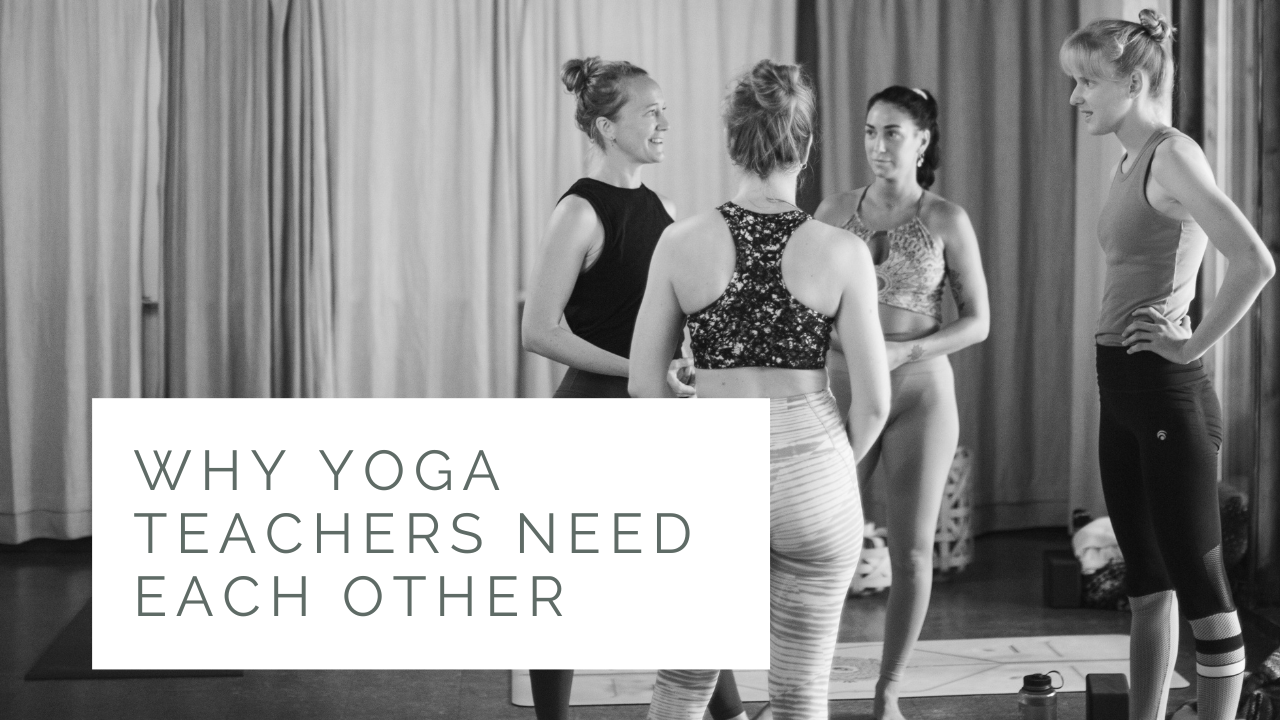
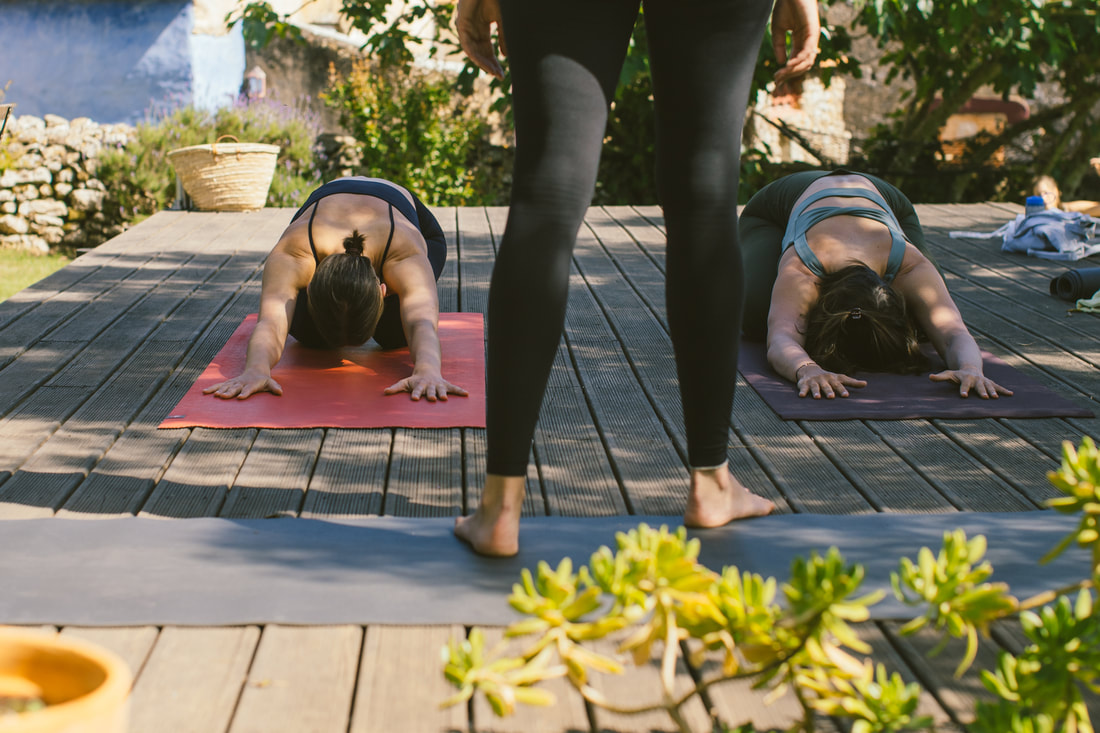
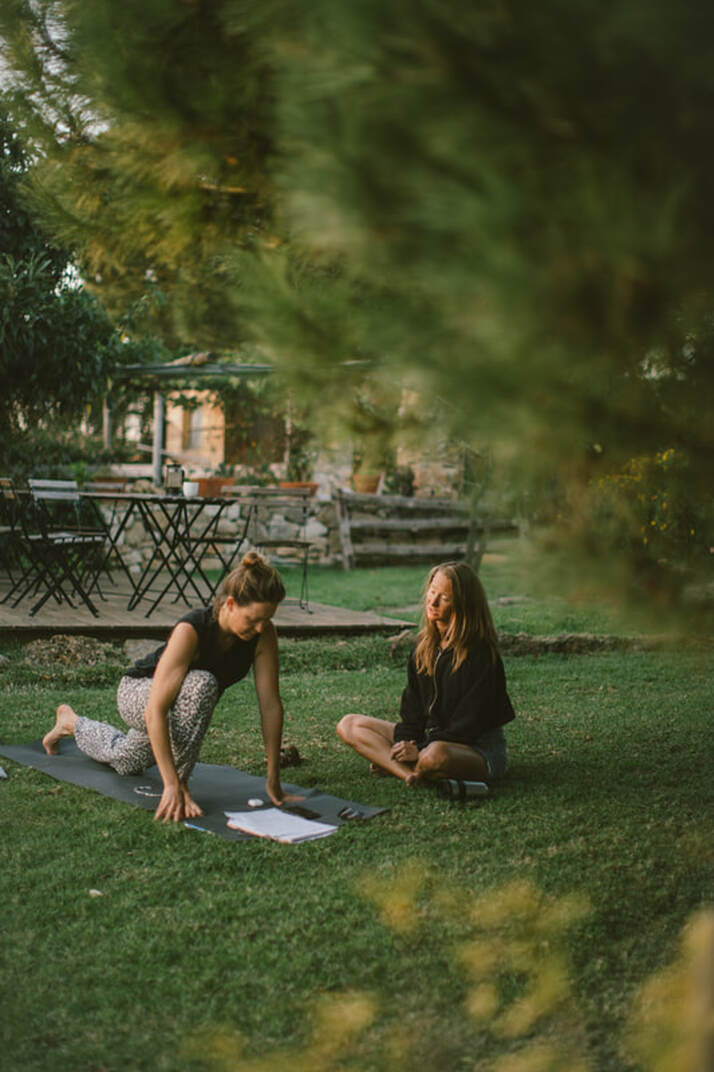
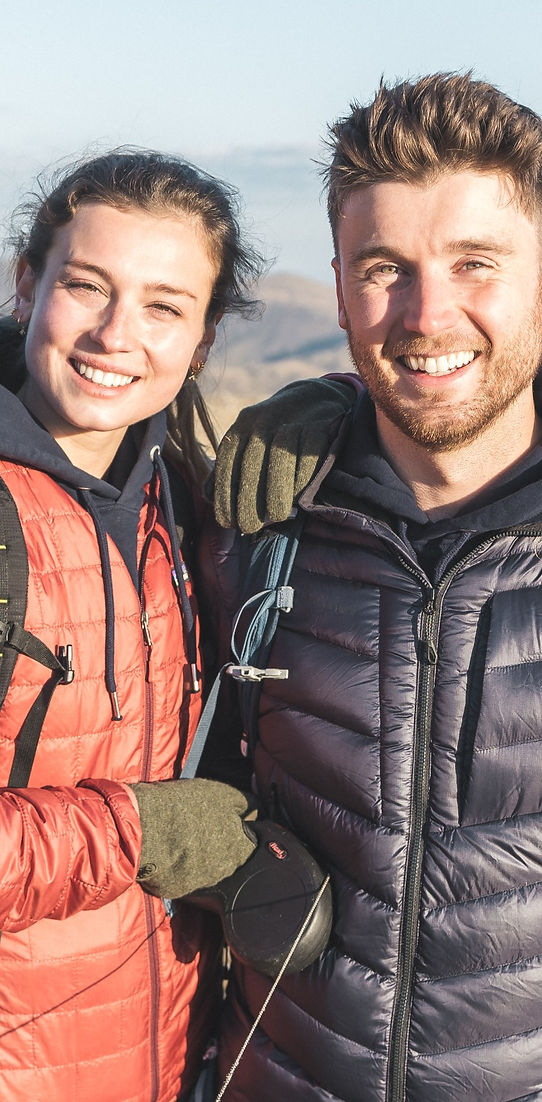
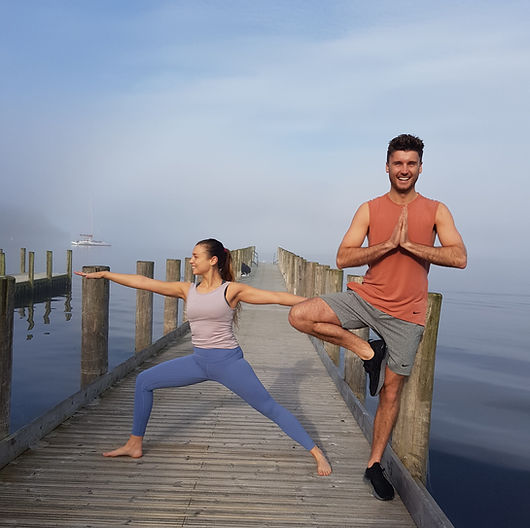
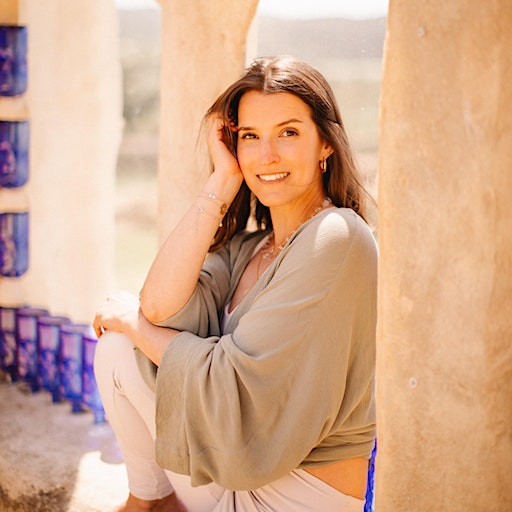
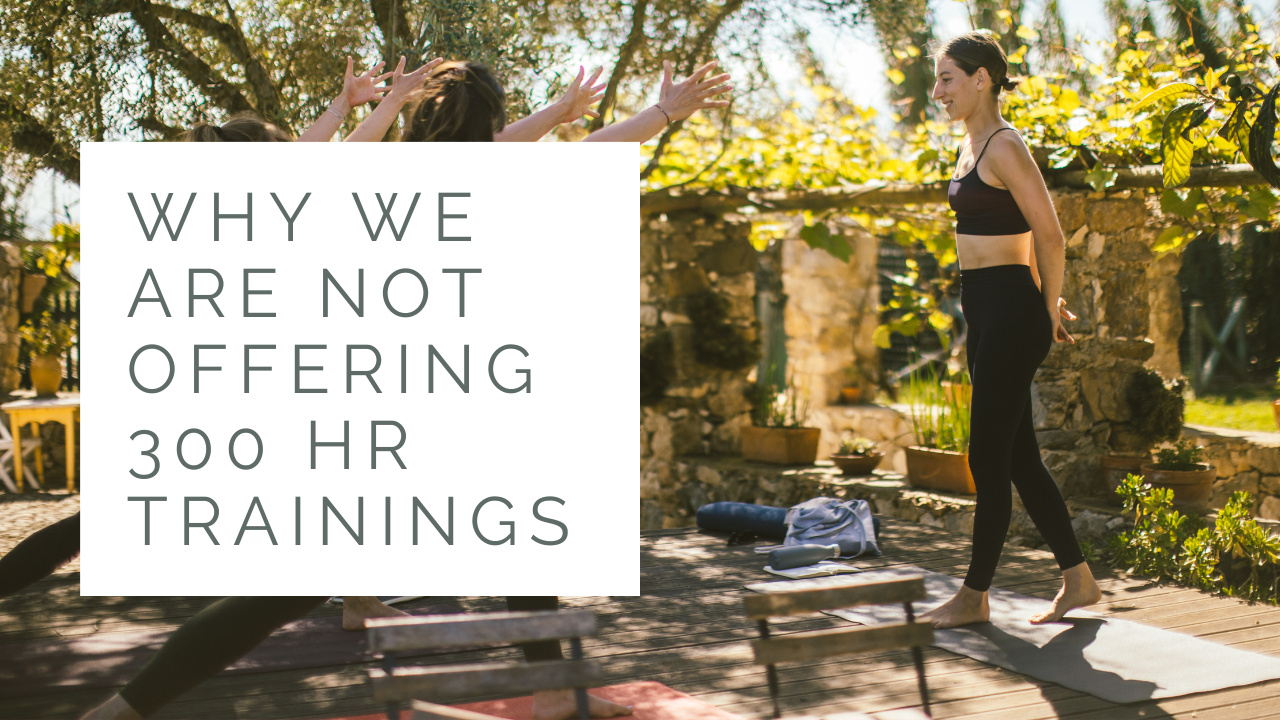
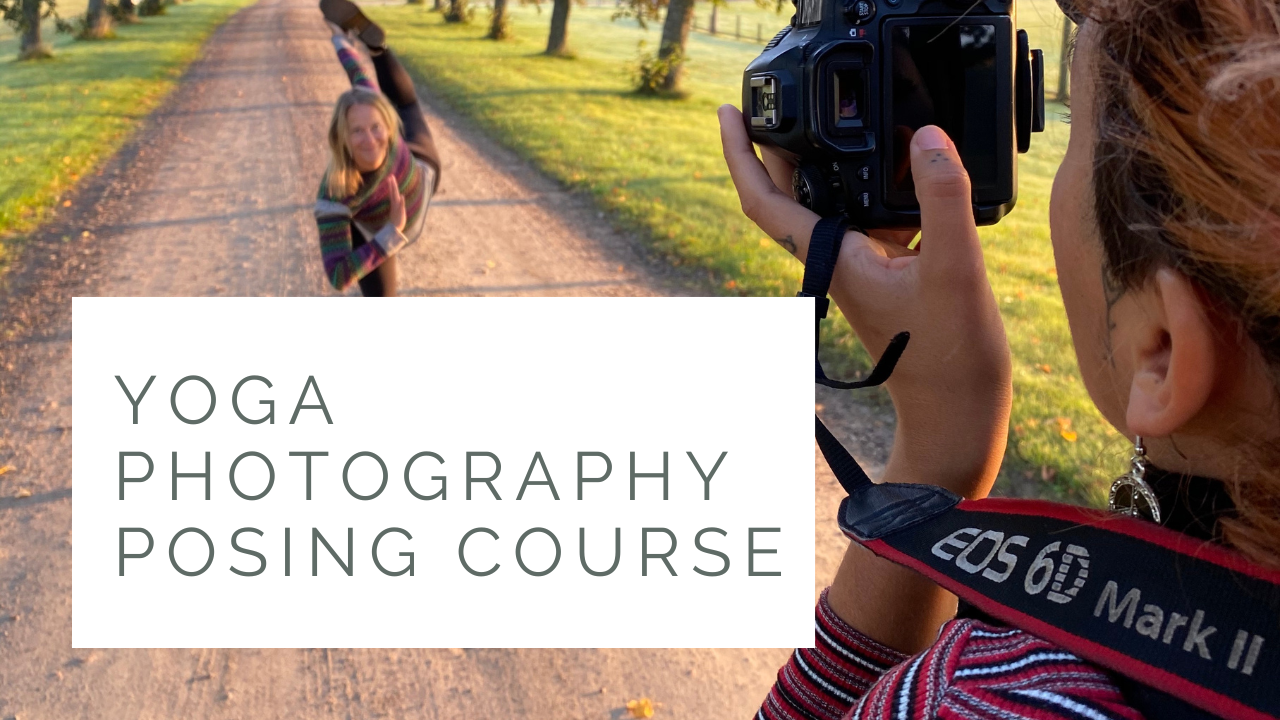
 RSS Feed
RSS Feed